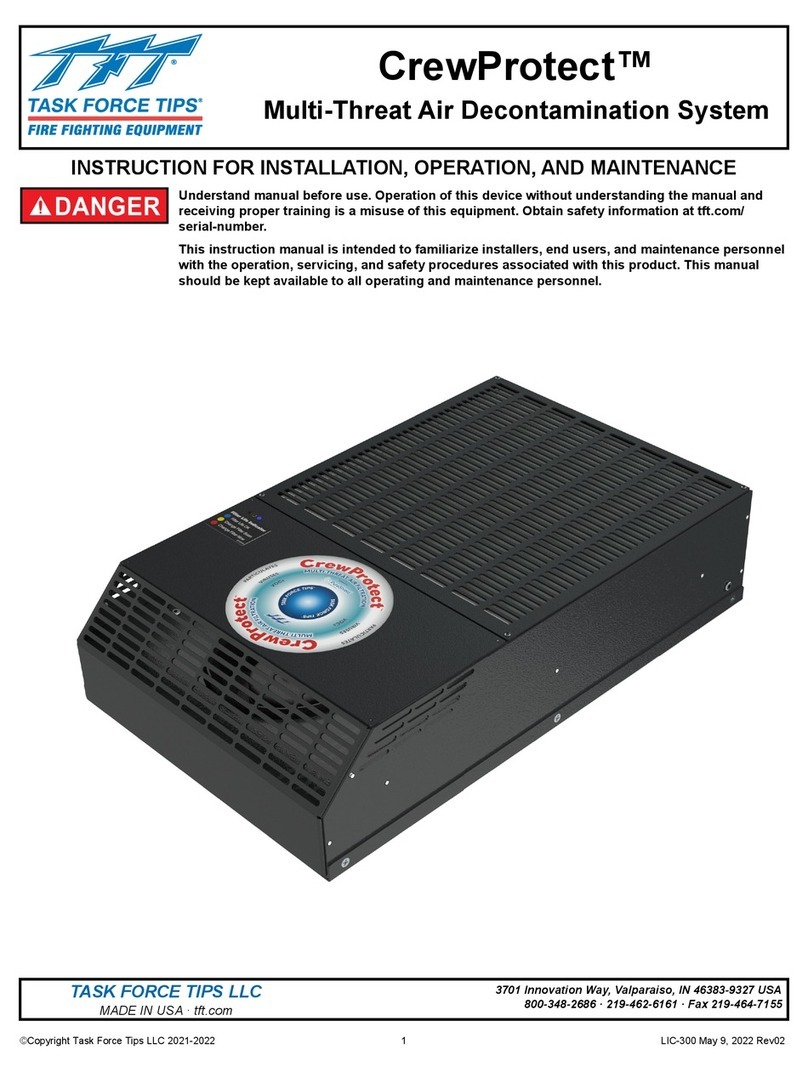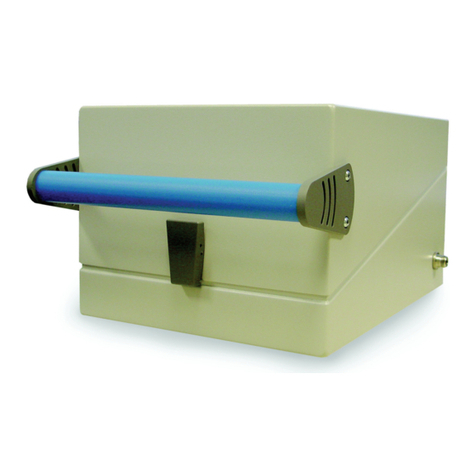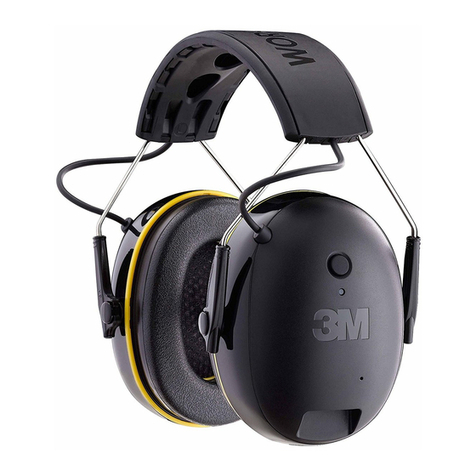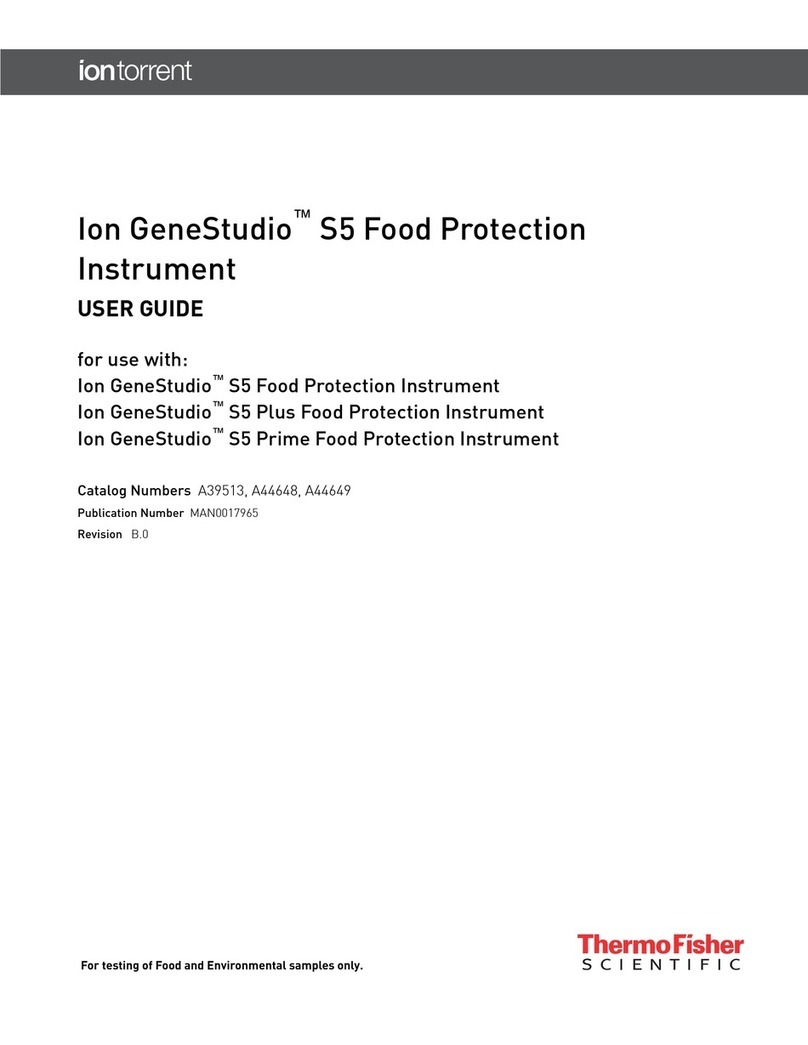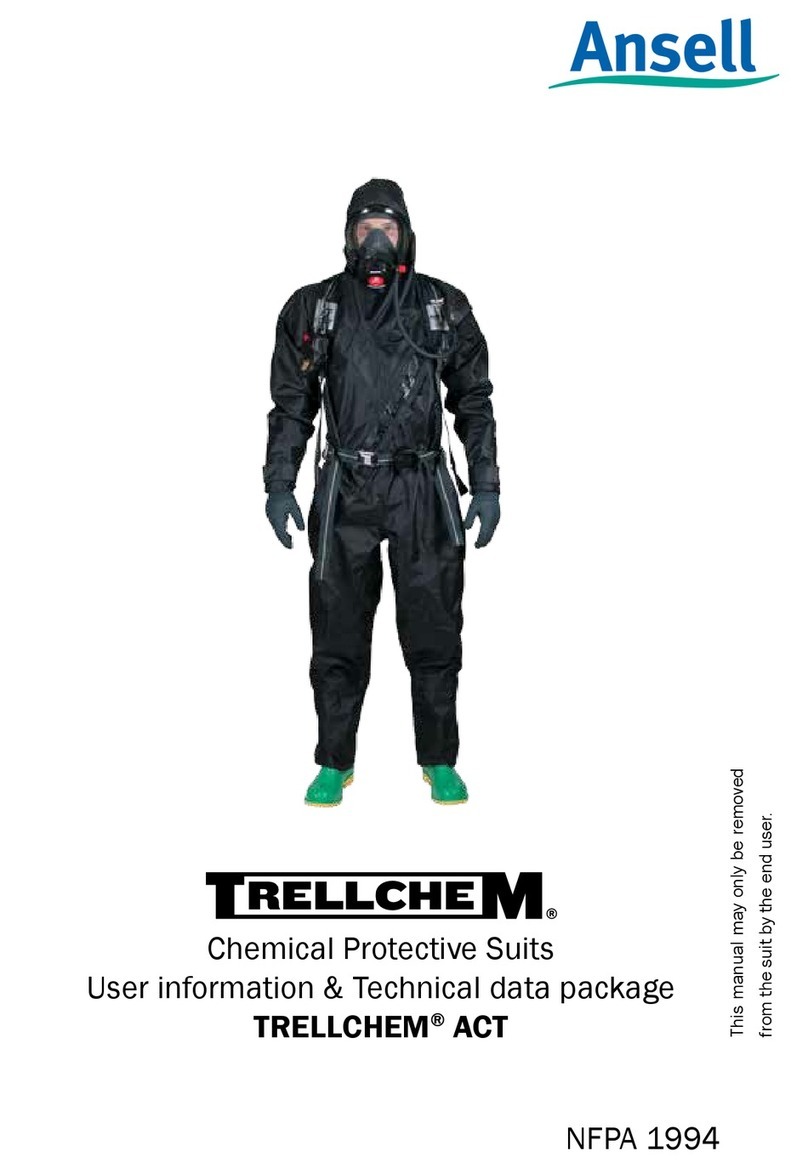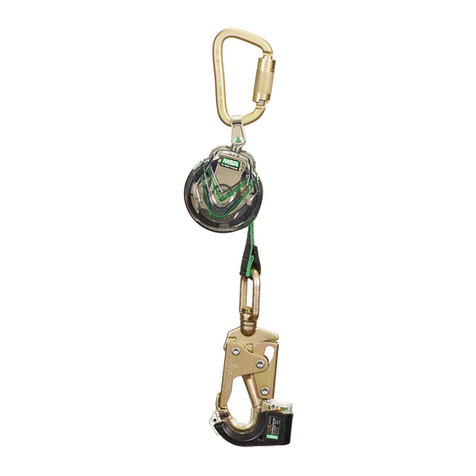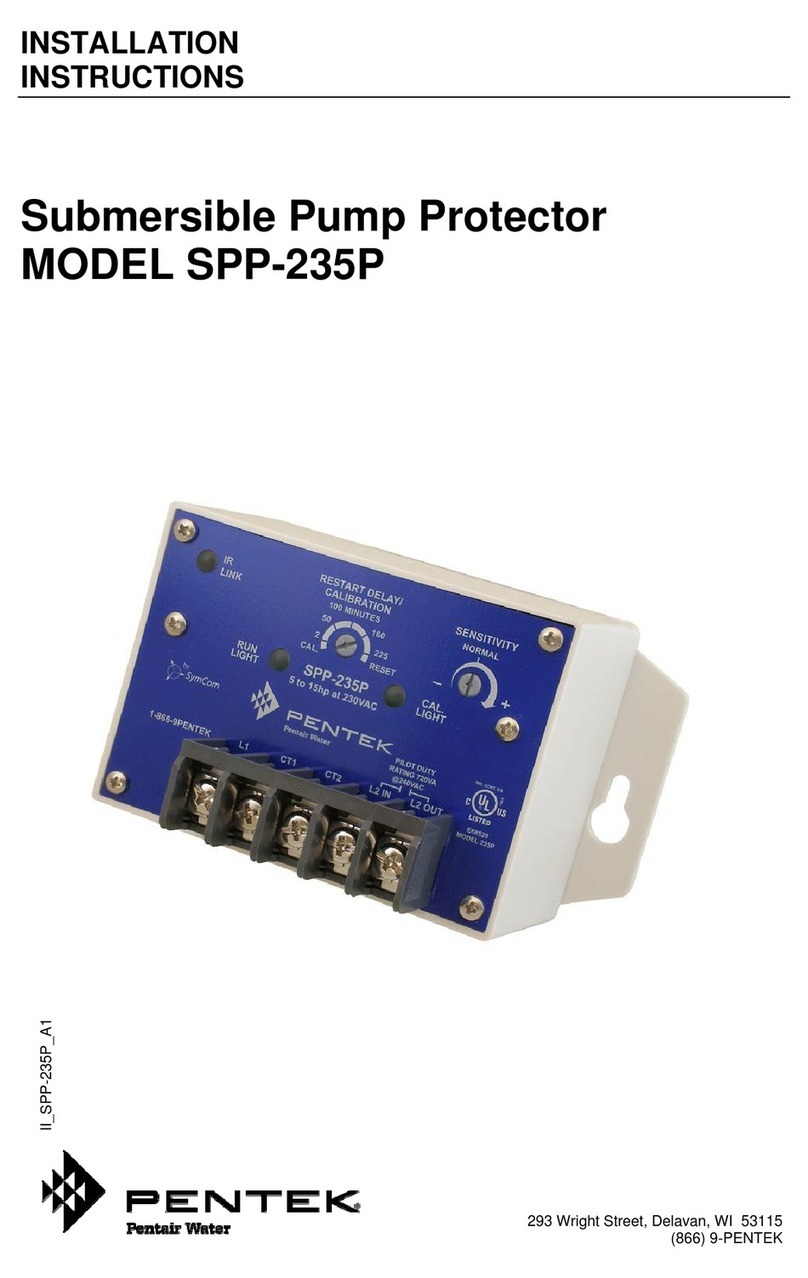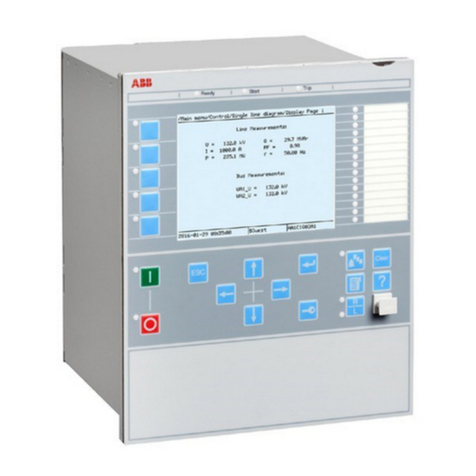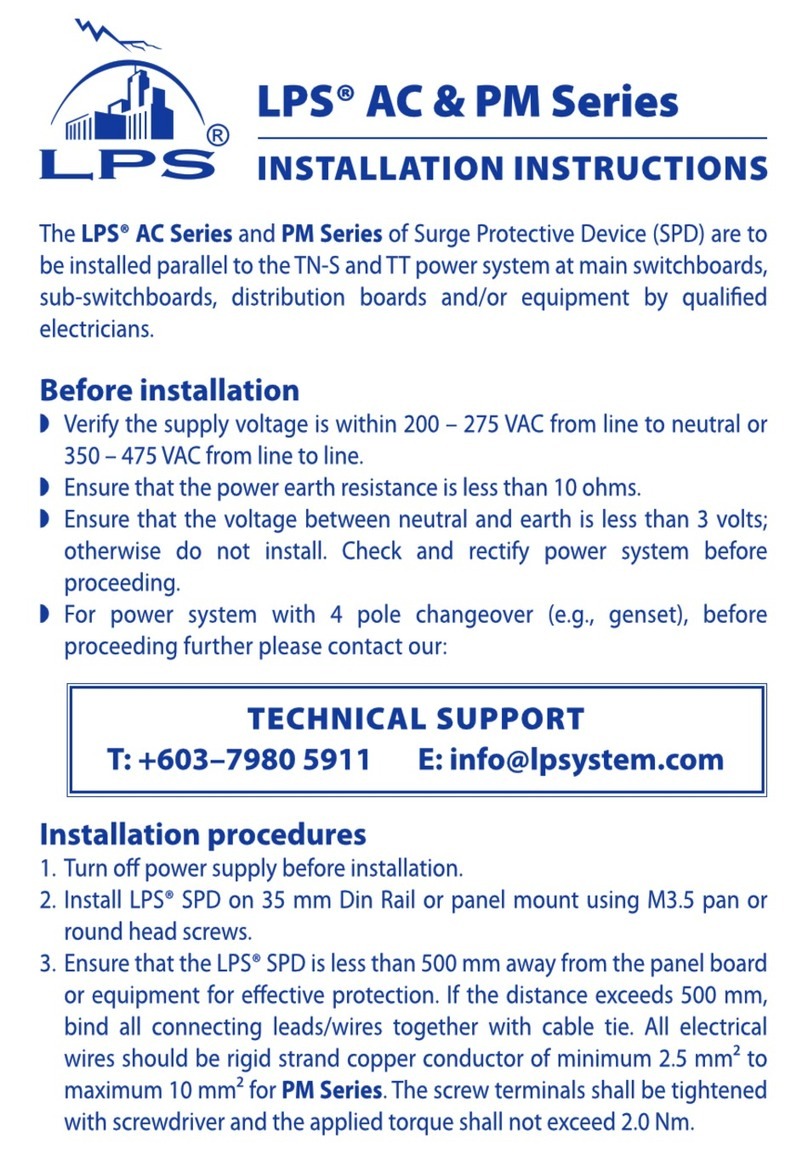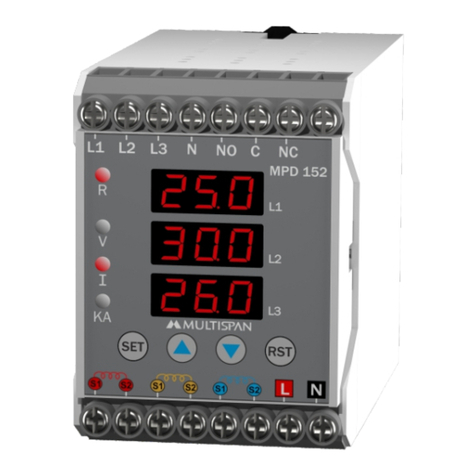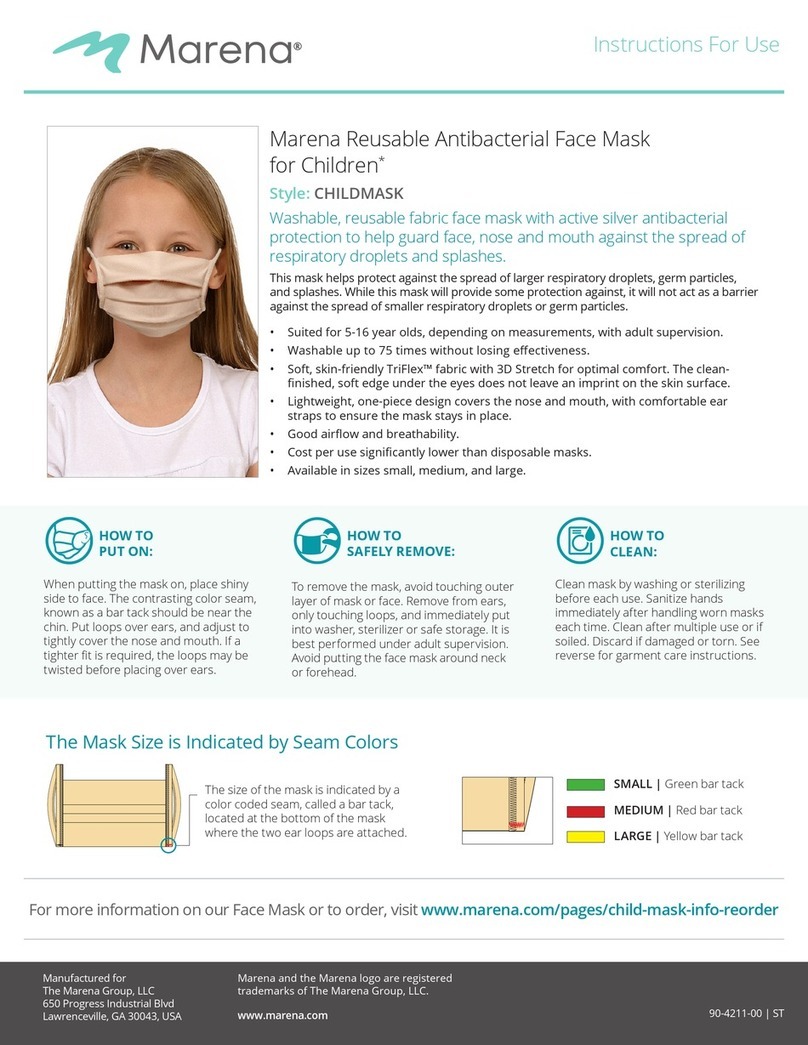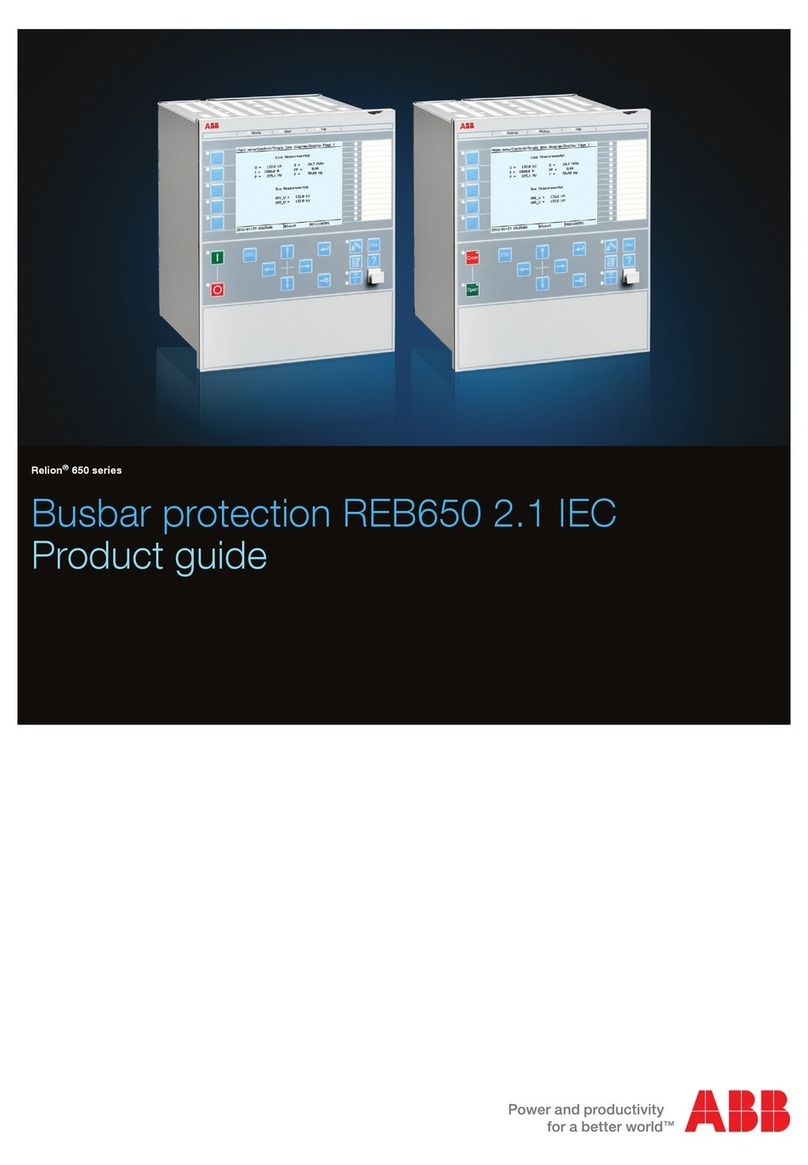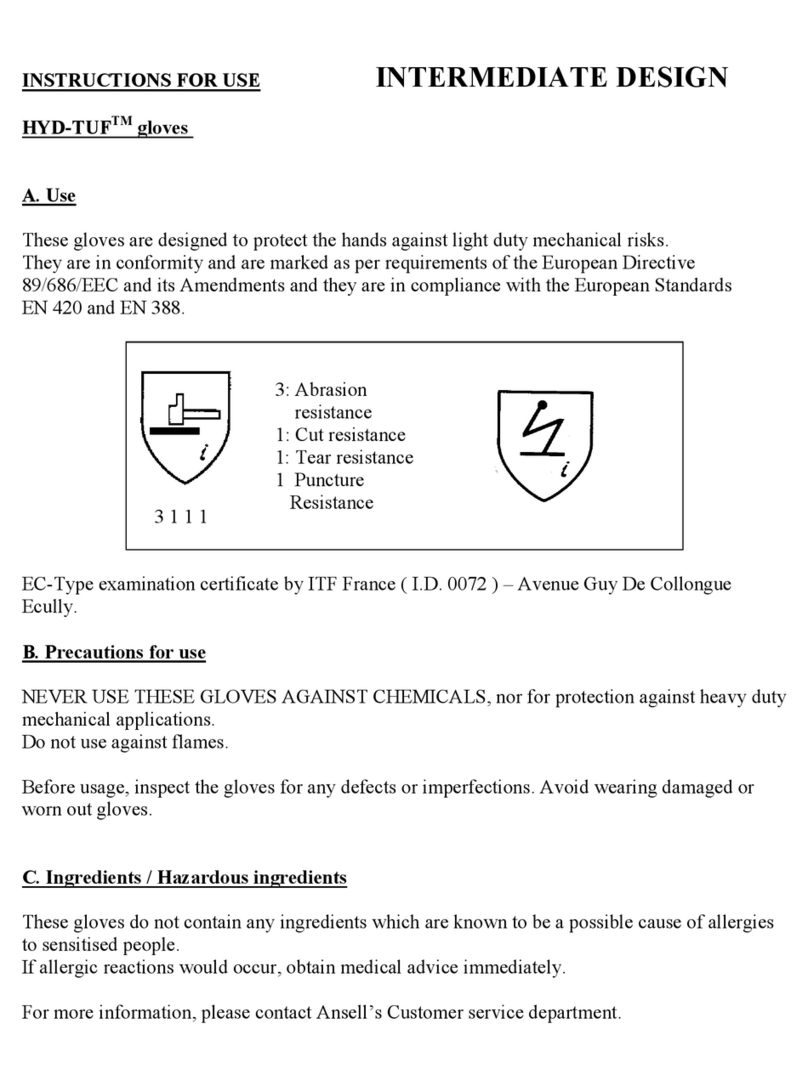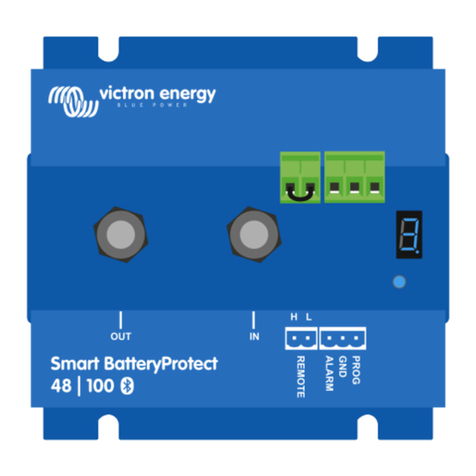
a D:GROUP Company
00254EN – Rev. 01 – 11/2012 20
6 OPERATING PROCEDURES
6.A PRELIMINARY CHECKS
Before carrying out any type of work, the following conditions should be verified:
– That the isolator power cable is connected to a power point at a suitable voltage and frequency as per
instructions shown on the label stuck near the electric cable
– That all alarm lights are off
– That the work area inside the isolator is free from materials used during the previous session.
– That the isolator has been sterilized in case of change in the nature of work to be carried out
6.B SWITCHING ON the ASEPTIC isolator
To start the isolator, proceed as indicated below:
1. turn on the light by pushing the button [7]
2. be sure that the frontal window is closed
3. press the main key I/0 [1] (see chapter 4D.) and enter the password to switch on the ventilation. At first
the display shows “CHECK PANEL” and the corresponding control leds of the keyboard light up. Then
the message "STAND-BY" is displayed for about 40 seconds and the hour-counter starts operating
4. after 40 seconds of stand-by, the isolator is ready for work. "STAND-BY" disappears from the screen and
the LAF velocity and work chamber pressure are displayed
5. wait for approx. 5 minutes before starting work
6. during this period of time, introduce into the internal work zone of the isolator only the materials which
are indispensable for the job
All movements made under the laminar air-flow isolator should be parallel to the work surface, taking care to
work in the middle of the table to avoid upstream contamination (for instance, when taking a sample from a
bottle, hold the bottle gently but firmly with one hand, keeping it slightly inclined, and work with the other hand,
so that the air that comes into contact with the hand does not directly contact the inside, but rather the outside
of the bottle).
6.C SWITCHING OFF THE ASEPTIC ISOLATOR
ATTENTION: Be careful that materials in the work area can be contaminated with pathogenic
material. Behave accordingly.
At the end of the work session, proceed as follows:
1. Remove the material from the internal work chamber
2. Clean the work surface and the inside walls of the chamber, as indicated in the "Cleaning Instructions"
section (chapter 7A)
3. Let the laminar air-flow isolator run for 10 minutes after the work is over
4. Turn off the light by pushing the key [7]
5. Press “I/0” [1] key switch and enter the password for switching off the isolator (“up-arrow” for 5 times,
“down-arrow” for 4 times, then press “ENTER”).




















